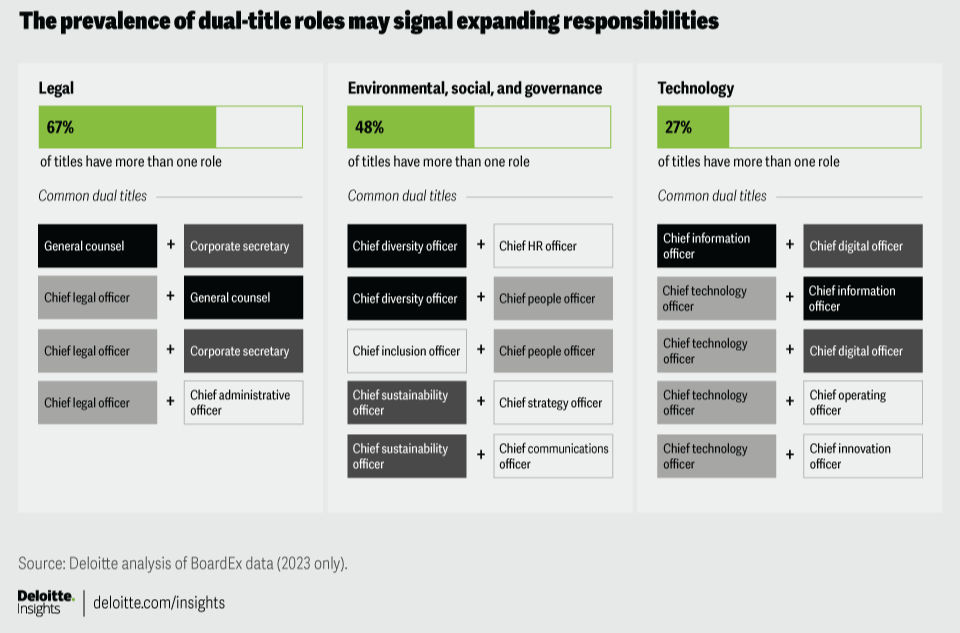The Cacophony or Symphony: Aligning the C-Suite for Organizational Impact
- Bo Vialle-Derksen

- Mar 6
- 4 min read
Updated: Mar 18
Let’s talk about something every business leader deals with but rarely discusses openly—internal chaos at the top. We’ve all seen it: projects get delayed, resources are stretched too thin, and strategic initiatives stall out. Not because of a lack of vision or talent, but because the C-suite is out of sync. Instead of working in harmony, leaders operate in silos, prioritizing their own goals over the collective mission. The result? A cacophony of competing priorities instead of a well-tuned symphony driving real business impact.
In today’s world—where speed, agility, and efficiency define success—companies that fail to align their leadership will struggle. The good news? There’s a way forward. Let’s explore how organizations can move from discord to true symbiosis at the top.
The Resource Bottleneck: Why It’s a Big Deal
If you ask any executive what slows down innovation, you’ll hear the same answer: resource constraints (sometimes disguised as: a skills issue). In 2024, 80% of project managers said juggling multiple projects was their biggest challenge, and companies are burning nearly 10% of every Euro on poor project performance. It’s not that companies lack great ideas—it’s that they can’t execute them efficiently.
Here’s the kicker: AI and digital transformation are making this worse. According to Gartner, while 95% of marketing and comms leaders already use AI, 77% of employees say these tools have actually increased their workload. Why? Because organizations are adopting AI without fixing the underlying alignment and workflow issues first.
Why C-Suite Misalignment is the Root of the Problem
We talk a lot about the importance of operational efficiency, and every C-suite leader will tell you it’s a priority. But here’s the problem—each function still operates with its own agenda. A 2024 survey of 3,700 executives found that while efficiency is top-of-mind, cross-functional alignment is still a massive challenge. And when the top team isn’t aligned, that dysfunction cascades down into every part of the business.
The companies that get this right are flipping the script. By 2025, forward-thinking organizations will use data-driven capacity planning and true cross-functional collaboration to remove bottlenecks and unlock growth. Resource management will evolve from a tactical necessity to a strategic advantage.
A study by Deloitte shows that the number of roles in the c-suite has increased by 23% from 2018 to 2023. It also showed that there is an increase of dual titles in c-suite roles. Which indicates that the syngergies between executive roles is being acknowledged.

I would argue that the more successful c-suites have combined titles, that are asprirationally aligned rather than overlapping. Such as Tanuj Kapilashrami, Chief Strategy & Talent Officer at Standard Chartered. The bank made changes to its group management structure to create a simpler and more efficient organisation. To ensure the right leadership team is in place to reduce complexity and further sharpen the focus on driving strong, sustainably higher returns through each business line. Aftermaking the changes, Standard Chartered achieved a 17% increase in profit and has exceeded revenue expectations. Underlining that synchronizing at the top matters.
How to Fix It: Three Key Shifts
So, how do we get from chaos to clarity? It starts with a mindset shift at the top. Here’s what leading organizations are doing differently:
Align the C-Suite Around What Really Matters
The best leaders aren’t just driving their own functions—they’re thinking about the whole business. Companies that build true alignment at the top see up to 15% higher productivity and smarter decision-making across the board.
Plan Based on Reality, Not Wishful Thinking
Smart companies are moving beyond gut-feel decision-making. They’re using predictive analytics and scenario modeling to match workforce capacity with real strategic priorities. This stops the cycle of hiring, overloading, and layoffs that so many companies struggle with.
Do Less, But Achieve More
Instead of chasing every shiny object, leading organizations focus on fewer, high-impact initiatives. HR teams, for example, are getting laser-focused on strategic workforce planning—ensuring talent strategies support business goals rather than playing catch-up.
From Chaos to Symbiosis: The Future of Leadership
Here’s the big idea: businesses thrive when their leadership operates as a symbiotic system, not a collection of isolated parts. A company is like an ecosystem—every element needs to work together for the whole to succeed. When leaders focus on shared goals rather than functional turf wars, the organization moves faster, adapts better, and delivers real results.
So, here’s the question: is your leadership team creating harmony or noise? As we head into 2025, the companies that prioritize alignment will be the ones that truly break through.
Let’s start the conversation—how is your company tackling this challenge? Drop a comment below!
Sources:
More roles, more responsibilities: Navigating the new frontier of the modern C-suite - Deloitte
C-Suite Outlook 2025: Priorities for CMOs and CCOs - The Conference Board
Future of HR: 10 HR trends and predictions for 2025 - 365Talents
https://365talents.com/en/resources/future-of-hr-10-hr-trends-predictions-for-2025/
C-Suite Outlook 2025: Seizing the Future - The Conference Board
https://www.conference-board.org/publications/C-Suite-Outlook-2025-Seizing-the-Future
Top HR Trends in 2025, According to Gartner - Talkspirit
https://www.blog.talkspirit.com/en/top-hr-trends-in-2025-according-to-gartner/
HR Survey Reveals More Than Half of C-Suite Leaders Are Likely to Leave Over the Next Two Years - Gartner



Comments